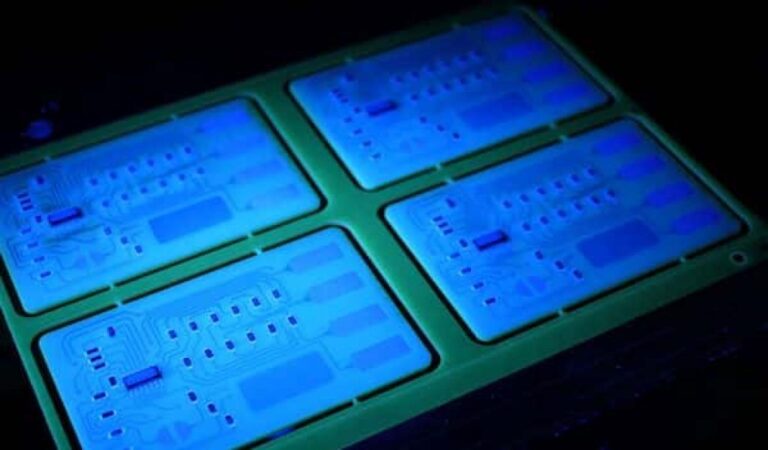Adhesive in Fiber Optic Assembly: Enhancing Performance and Reliability
Fiber optic technology has revolutionized communication systems, enabling high-speed data transmission over long distances. Adhesives play a crucial role in fiber optic assembly, providing mechanical strength, protection, and alignment precision. This article explores the importance of adhesives in fiber optic assembly and highlights key considerations in their selection and application.
Importance of Adhesive in Fiber Optic Assembly
Adhesives serve several critical functions in fiber optic assembly:
- Alignment: Adhesives are used to precisely align and secure optical fibers in connectors, splices, and other components, ensuring efficient light transmission.
- Protection: Adhesives provide a protective barrier, preventing moisture, dust, and other contaminants from damaging the delicate optical fibers.
- Mechanical Strength: Adhesives bond optical fibers to connectors and other components, providing mechanical strength and preventing fiber breakage.
- Temperature Stability: Adhesives used in fiber optic assembly must maintain their properties over a wide range of temperatures to ensure reliable performance in various environments.
Key Considerations in Adhesive Selection
Several factors should be considered when selecting adhesives for fiber optic assembly:
- Curing Method: Adhesives can be thermally cured, UV cured, or room temperature cured. The curing method should be compatible with the assembly process and materials.
- Optical Clarity: Adhesives should be optically clear to minimize light loss in the optical fiber.
- Chemical Compatibility: Adhesives should be compatible with the materials used in the fiber optic assembly to prevent damage or degradation.
- Thermal Stability: Adhesives should maintain their properties over a wide temperature range to ensure reliable performance in various operating conditions.
- Mechanical Strength: Adhesives should provide sufficient bond strength to withstand mechanical stresses without causing fiber misalignment or breakage.
Types of Adhesives Used in Fiber Optic Assembly
Several types of adhesives are commonly used in fiber optic assembly:
- Epoxy Resins: Epoxy resins are widely used due to their high mechanical strength, temperature stability, and optical clarity. They are ideal for bonding optical fibers to connectors and other components.
- UV Curable Adhesives: UV curable adhesives are fast curing and provide excellent optical clarity. They are often used in applications where rapid assembly is required.
- Cyanoacrylate Adhesives: Cyanoacrylate adhesives, also known as super glues, are used for temporary bonding and alignment of optical fibers during assembly.
- Silicone Adhesives: Silicone adhesives are flexible, temperature-resistant, and provide good adhesion to a variety of materials. They are often used for potting and sealing applications in fiber optic assembly.
Application of Adhesive in Fiber Optic Assembly
Adhesives are applied in a precise and controlled manner using dispensing equipment to ensure uniform coverage and proper alignment of optical fibers. The adhesive is then cured according to the manufacturer’s instructions to achieve the desired bond strength and optical performance.
Conclusion
Adhesives play a critical role in fiber optic assembly, providing alignment precision, mechanical strength, and protection for optical fibers. By selecting the right adhesive and applying it correctly, fiber optic manufacturers can ensure the performance and reliability of their products in demanding communication systems. As fiber optic technology continues to evolve, the development of new and innovative adhesives will be essential to meet the growing demand for high-speed, high-bandwidth communication networks.
Please Contact GlueRu to provide solutions to your challenges!





